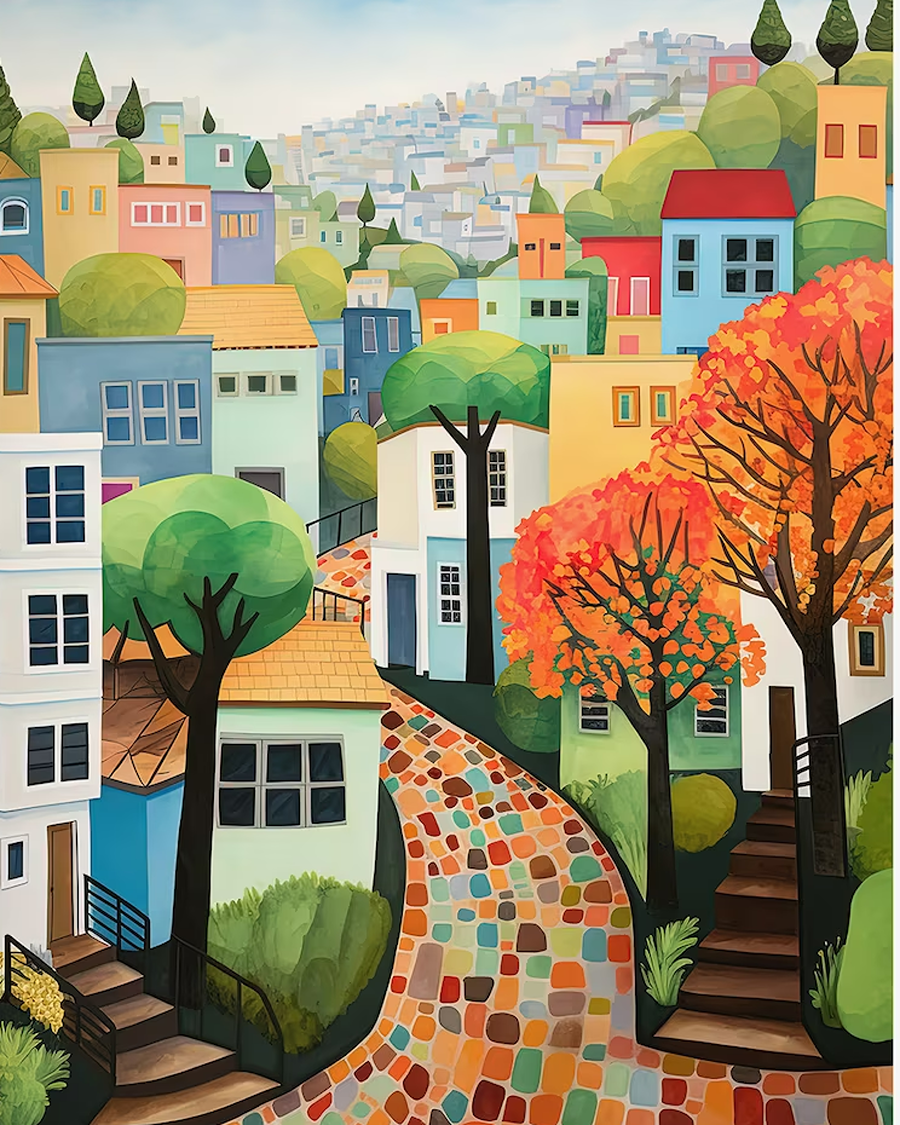
Austria is believed by many to be the most beautiful country in the world. Let’s forget the history of Hitler and look at the amazing initiatives in Austria, in a spirit of what we can learn from each other. This is an Alpine paradise and also home to mountain trains and beautiful lakes (and home to Europe’s tallest waterfall), it looks fairly similar to Switzerland, with a good portion of the population living in the city of Vienna. It’s also home to the largest ice cave in the world.
Austria is one of the world’s greenest countries. Around 63% of all waste in Austria is recycled. And (like Iceland) nearly all its energy is from green sources (not nuclear like proposed here). Austria is strongly anti-nuclear and has recently expressed grave concern about a nuclear plant in neighbouring Slovakia, not just for health and safety, but due to other countries not wishing to become energy-independent of Russia, by not looking for clean safe oil-free alternatives.
Austria protects its native forests. One third of Austria is made up of protected forests. That’s the key word (protected means nobody can touch it). Yet back during Cameron’s government, it was only a petition by 38 Degrees that stopped our remaining forests being sold off to private investors who ‘promised’ to protect it. Yeah, right. So why not just keep it in public hands?
Austria lets people choose what to believe. At the age of 14, an Austrian child is given the right to choose their faith or religion. So if they decide not to believe what they have been taught, they are free to refuse classes. This should be a right, whatever your faith or none. It would likely also stop a lot of wars. The same law applies in Germany.
Vienna is has been named the safest city for women, The Economist also ranked it as the most livable city. Most areas have open green spaces nearby, all linked to schools, doctors and pharmacies, and there are good public transport links. Parks include courts for badminton and volleyball, and there are seats for girls from ethnic minorities (often expected to care for younger siblings) to watch them in playgrounds, while being able to read/chat themselves). Pavements are wider for prams, pushchairs and wheelchairs.
Austria knows how to do amusement parks. The Prater is an example of how to do an amusement park. This is akin to the ones of yesterday, with big wheels and coconut shys, not fast food restaurants setting up at Alton Towers. Founded in 1897, this is like going to an amusement park back in Victorian times, with a ferris wheel that was built for the World Fair. There’s even a ‘Venice in Vienna’ lagoon and a main artery into the park lined with old trees.
Austria is not just vegan-friendly but also has strict regulations for organic farming. To certify organic, here it’s done by Soil Association, though not all farms can afford the time and expense to do this. But companies can greenwash and say ‘organic’ (not certified) or make people believe eggs are free-range (cage-free means nothing, certified free-range does).
We have companies boast of carrying the Red Tractor mark (Compassion in World Farming says this means nothing, apart from that it’s British). And Britain still has plenty of factory farms. In Austria, there are strict regulations and for this reason, nearly everyone in Austria eats organic (leading to one of the highest living standards on earth). For places to eat, this travel blogger has a good round-up and says it’s one of the best places to eat out plant-based.



